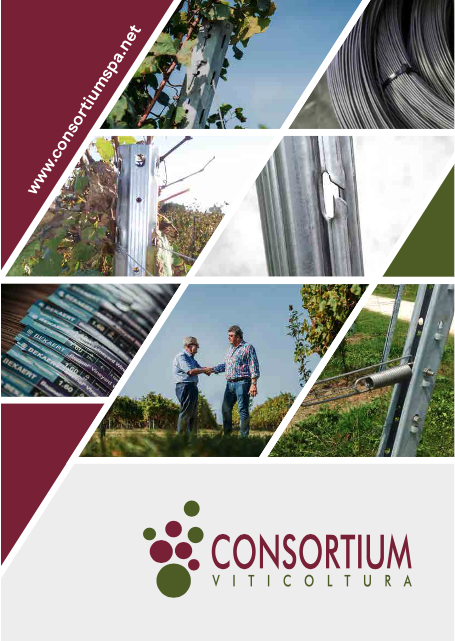GENERAL ASPECTS
The classic version involves a unilateral horizontal permanent cordon on which spurs of 1÷3 buds are left. It is a form adopted mainly in environments that are not excessively fertile, for varieties that are not very vigorous (better basal fertility) and to achieve excellent production quality levels.
It is usually recommended in the presence of skilled labor and for non-high production goals. In addition, spur pruning is not particularly easy to perform (both in the breeding and production stages) and results in a decrease in both actual fertility and average bunch weight, reducing, compared to a renewed shoot, the production potential by about one third. Moreover, in the presence of humid environments and compact clusters, the risks of fungal attacks (downy mildew and botrytis) are rather high in view of the considerable vegetative clustering in the productive zone.
SIXTH OF PLANTING
Distance between rows
This basically repeats what was said for Guyot whereby it ranges from 2.00 mt to 2.70 mt for plantings with traditional mechanization and from 1.00 mt to 1.80 mt for plantings involving the use of trenchers.
Distance on the row
The general trend is toward a thickening of the measurement on the row both to reduce unit production and to avoid stripping of the central part of the cordon (so-called windows). Therefore, distances vary on average from 0.80 mt to 1.40 mt depending on varietal vigor and the fertility of the environment.
MECHANIZATION
The spurred cordon lends itself to mechanical harvesting by horizontal shaking. In addition, the overall costs of dry pruning can be greatly reduced (20 to 50 percent) by mechanical pre-pruning performed with movable cutter bar machines or multiple circular saw machines. After the pruning machine pass, a manual finishing pass is sufficient.

